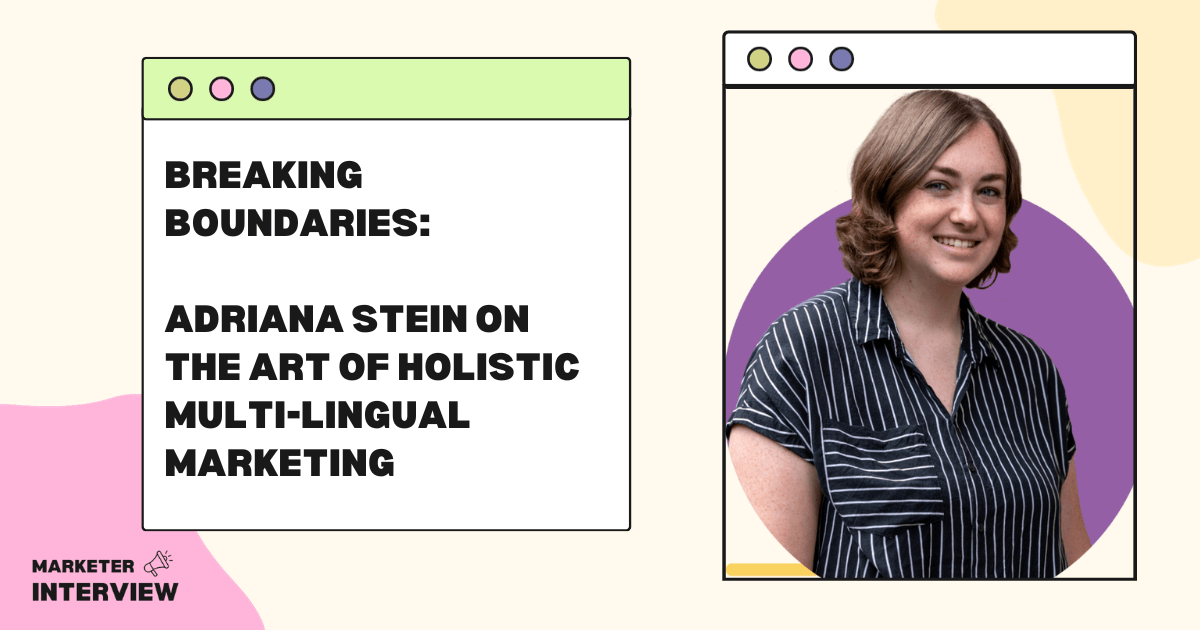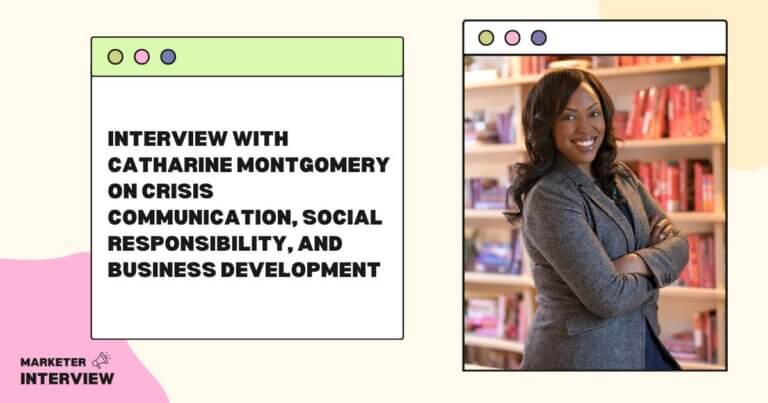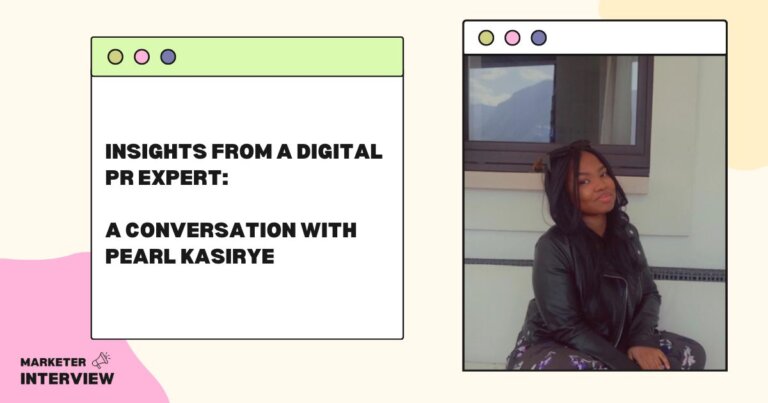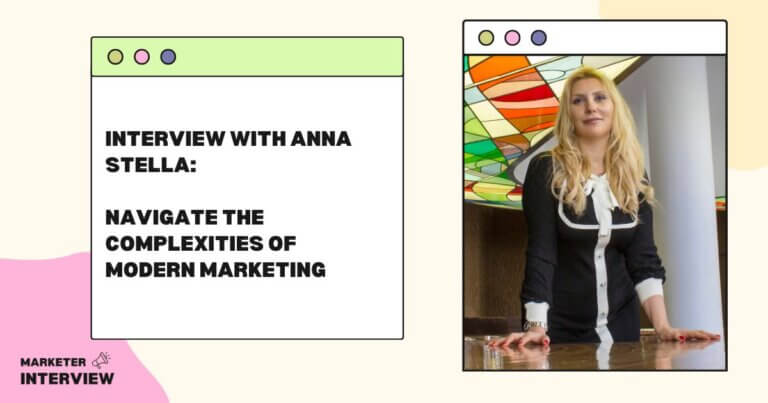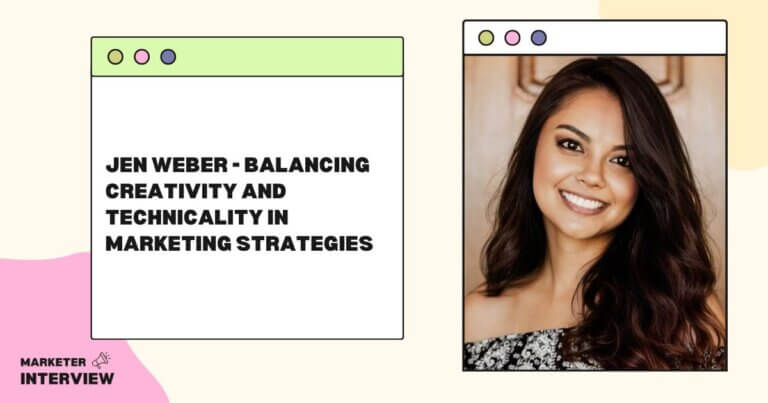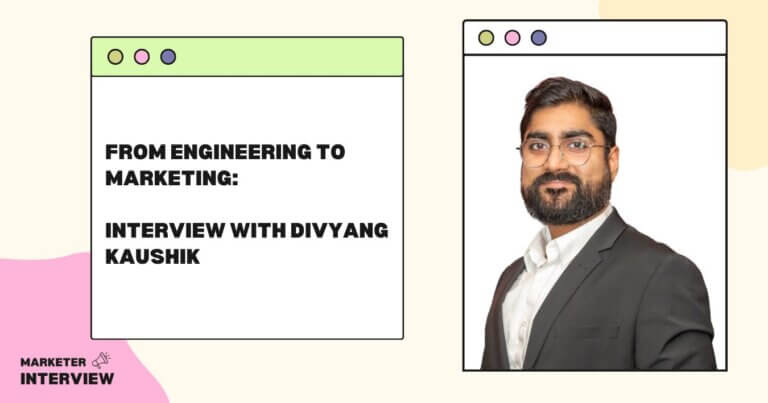Breaking Boundaries: Adriana Stein on the Art of Holistic Multi-Lingual Marketing
Welcome to Marketer Interview, where we dive into the minds of industry leaders shaping the marketing landscape.
Today, we have the privilege of sitting down with Adriana Stein, the visionary CEO and founder of AS Marketing.
Since 2016, Adriana has been at the forefront of international business growth, championing the cause of holistic multi-lingual marketing and cross-channel marketing localization. Let’s explore her insights, experiences, and the tools that power her success.
Contents
- 1 Can you share how you entered the marketing field, mainly focusing on what sparked your interest in international business growth through localization?
- 2 Your journey involves founding AS Marketing in 2016. What challenges did you observe in businesses expanding globally, and how did that lead to your company’s inception?
- 3 Beyond language, you emphasize bridging the culture gap in marketing. How do you define the role of localization in creating meaningful connections with diverse audiences?
- 4 Your team at AS Marketing boasts experts native to 30+ languages. How has this linguistic diversity been a game-changer in your approach to cross-channel marketing?
- 5 Can you elaborate on the critical components of holistic multi-lingual marketing and how it differs from a more traditional, language-focused approach?
- 6 In your extensive career, could you share a specific project or campaign that exemplifies the success of your holistic marketing strategy? What were the critical factors that contributed to its success?
- 7 How do you stay ahead of the curve in an ever-evolving digital landscape? Are there specific trends or technologies you find particularly impactful in your field?
- 8 Localization involves more than just translation. Could you highlight the strategic aspects and considerations of adapting marketing campaigns for different cultural contexts?
- 9 As a CEO and Founder, what leadership principles guide your decision-making process, especially in the dynamic realm of international marketing?
- 10 Given your expertise, could you highlight some essential tools and software integral to your daily work in holistic multi-lingual marketing?
- 11 Looking forward, where do you see the future of international business growth through marketing, and what advice would you give to marketers aiming to expand globally in an increasingly interconnected world?
It all happened by accident.
I studied Anthropology, so my initial interest has always been in people and cultures, a significant part of international marketing. Once I finished college in Portland, Oregon, I moved to Germany to get my master’s degree.
Long story short, that didn’t work out as planned, but what I did instead was freelance as a content writer for German companies, which led to my path in international marketing.
Your journey involves founding AS Marketing in 2016. What challenges did you observe in businesses expanding globally, and how did that lead to your company’s inception?
It wasn’t that I founded the business based on challenges I recognized. Instead, those challenges found me, and my skills became the solution, which turned into a business.
While freelancing in Germany, I mostly found work with German companies who wanted help expanding to the US. Because I could speak German and was a native English speaker, my language skills allowed me to help them.
Over time, my clients taught me marketing based on real-world business contexts. And the demand for this grew so much that I scaled into an agency. The demand has grown exponentially in the last few years, so my team now supports clients in 30+ languages and counting with the support of native speakers.
Beyond language, you emphasize bridging the culture gap in marketing. How do you define the role of localization in creating meaningful connections with diverse audiences?
The process of marketing localization is far more profound than just translations.
Yes, you can start with a mass website translation, but that’s not how you build relationships with a new target audience.
You have to deeply understand them and personalize messaging based on their wants and needs, which is what localization involves, in addition to the typical marketing best practices across various channels.
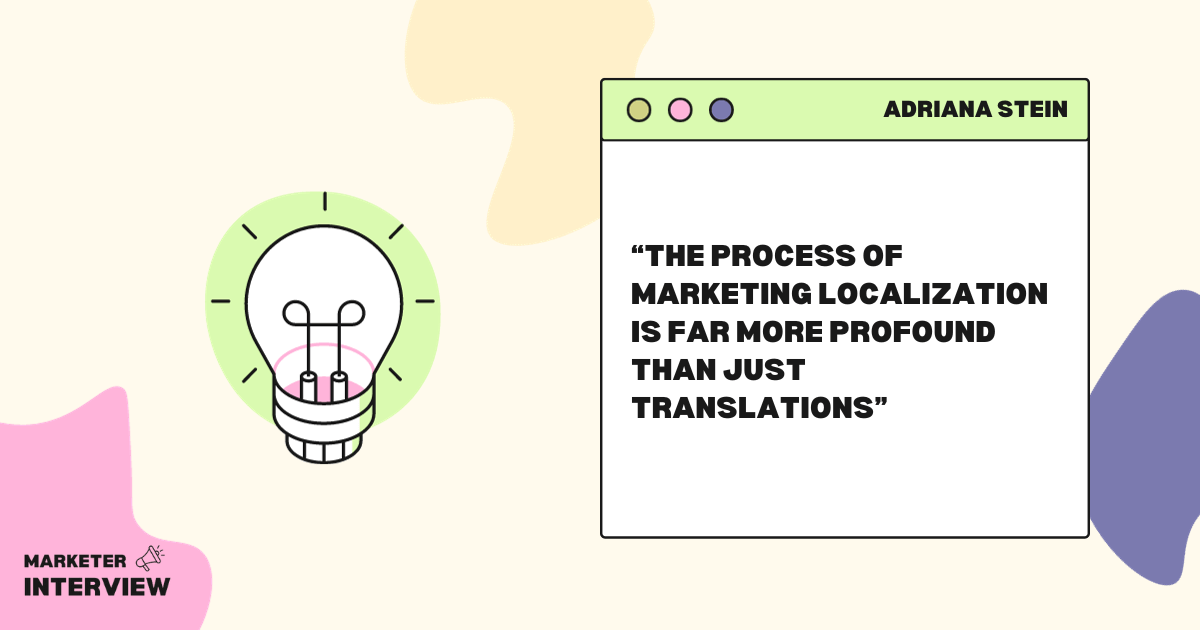
Your team at AS Marketing boasts experts native to 30+ languages. How has this linguistic diversity been a game-changer in your approach to cross-channel marketing?
It’s been beneficial because mass-market global campaigns don’t work anymore. Today’s buyers want more personalization than ever before.
The first touch point to do so is to provide a customer experience in their preferred language with messaging that resonates. Our team’s specialization combines multi-channel tactical efficiency with language capabilities so that our clients can capitalize on real growth opportunities in specific new markets that essential translations simply can’t generate.
Can you elaborate on the critical components of holistic multi-lingual marketing and how it differs from a more traditional, language-focused approach?
As I mentioned previously, it’s really a deep understanding of the customer and developing messaging around that. Traditional word-for-word translation and translation tools have a significant disadvantage: they don’t understand context.
This is especially true for anything involving AI. Successful multilingual marketing creates the most personalized customer experience possible across the channels the audience uses in their preferred language, which can be incredibly different between different markets and languages.
We worked with the Oslo-based company Kindly to implement a holistic marketing strategy for the Nordic region. Since there was a lot to tackle, we ground ourselves to this core question: “How do we ensure our marketing plans align with Kindly’s business strategy?”
Working closely with the CMO, we developed their core strategy with a complete understanding that each marketing channel contributes to the overall plan. At AS Marketing, we enjoy getting our hands dirty and jumping into content production or even marketing operations to grasp the ins and outs of the business.
Once we had a solid grasp on Kindly’s business ecosystem, we were able to implement a highly effective marketing strategy that resulted in:
- 312% organic traffic growth globally and 10x organic growth in Sweden, one of their key markets
- 107% increase in conversions
- 5x increase in keywords ranked #1-10 in 11 months
How do you stay ahead of the curve in an ever-evolving digital landscape? Are there specific trends or technologies you find particularly impactful in your field?
As an agency CEO, the most helpful place to find trends is patterns that I recognize across our clients and colleagues within my network.
I often speak at and attend marketing events to learn and discuss what people are experiencing so that I can stay up to date. I don’t think there’s one particular tool, as it depends on your industry, markets, target audience, and channels.
The primary trend I have seen being discussed among senior marketers at these events is that companies are hitting market saturation and immense levels of competition in home markets, so they must diversify their revenue streams by engaging with target audiences in new markets.
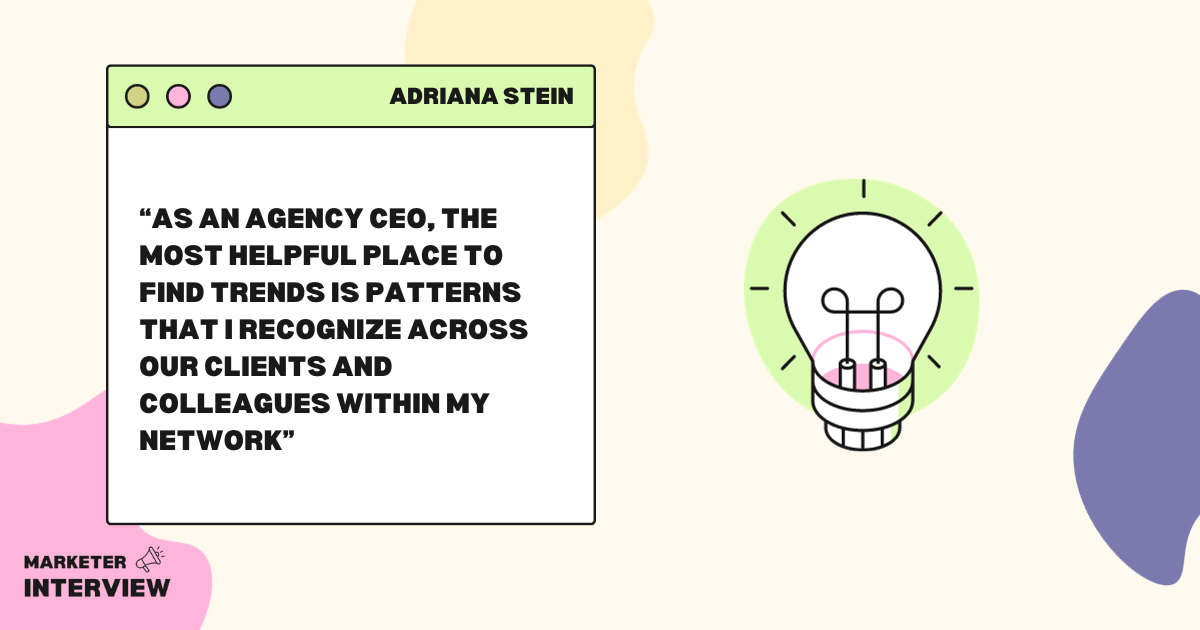
Localization involves more than just translation. Could you highlight the strategic aspects and considerations of adapting marketing campaigns for different cultural contexts?
For example, different markets have different expectations for customer experience and how they buy.
One instance is the US vs Germany. While the US is focused on innovation and rapid progress, Germany focuses more on the mental “If it’s not broke, don’t fit it.”
So, the German market would rather pay more for a product/service they trust than something new. The US is much quicker at making purchase decisions and is heavily focused on the simplicity and friendliness of the customer experience, while Germany is more information-focused.
There are such variations across every market, so we always do thorough research to implement the most appropriate strategy.
As a CEO and Founder, what leadership principles guide your decision-making process, especially in the dynamic realm of international marketing?
There are two primary points to how I make decisions: what is the best for my team and what methods can we use that is the most efficient with the least cost (especially as we’re a bootstrapped company).
As a service business, my team is the heart and soul of what we do, so their needs must be a significant priority. I always strive to create a positive work environment where we can discuss and brainstorm together (we often have rant nights just to vent and laugh).
We also constantly experiment with process optimization within our marketing strategies so we can learn from that and then apply it to clients, so this heavily affects how we maintain incredibly high levels of efficiency across client projects.
Given your expertise, could you highlight some essential tools and software integral to your daily work in holistic multi-lingual marketing?
First and foremost would be Asana, our project management tool, which is the center of the business. We’re not a team that spends tons of time sending emails or chatting on Slack. We’re focused on productive task completion in Asana and have organized our workflows to reflect that.
We also use standard marketing tools like Google Analytics, Looker Studio, Search Console, which almost everyone uses, and a combination of SEO tools.
Looking forward, where do you see the future of international business growth through marketing, and what advice would you give to marketers aiming to expand globally in an increasingly interconnected world?
Localization is genuinely the key if you want to successfully expand internationally. You can’t just do a mass website translation and expect that to be enough.
Always remember that local competitors already provide the expected customer experience for that target audience, so you must do even better if you want to outpace them.
Even though it requires a bit more effort, it’s worth it because building brand awareness among various markets offers significant long-term company sustainability through many market changes.
